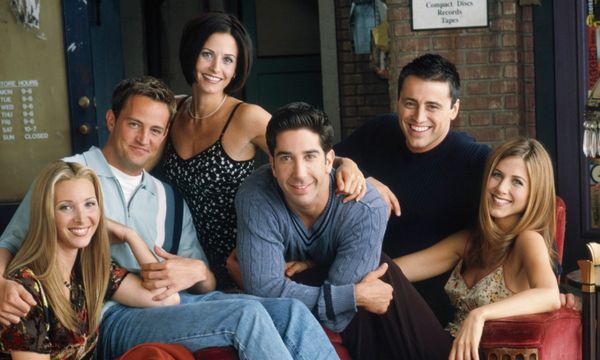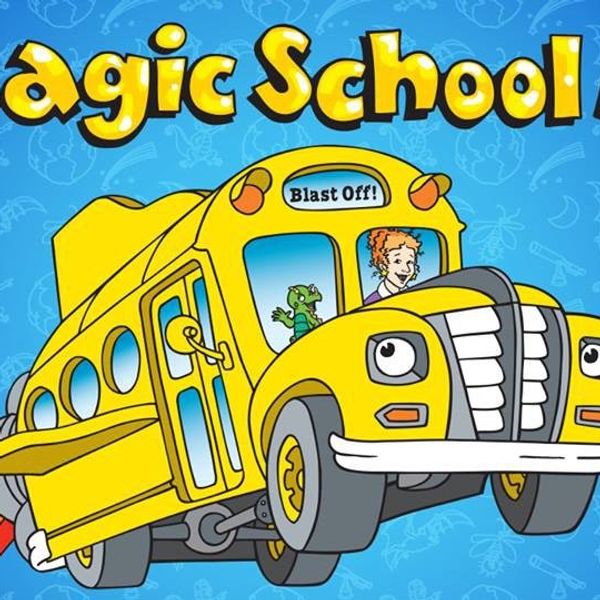The film director John Huston was the man to make James Joyce’s master literally work into a short film also entitled, “The Dead." Now, this adaption was an obvious recreation of Joyce’s “The Dead” as it included the same characters, storyline, setting, plot, climax, you name it was in there! However, this is its own work of art separate from the original text. Why you ask? Simply because the visual aspect of the film is powerful in a different way than the text. For example, the scene where Gabriel is looking at Gretta while she is consumed by thought during a song sung by Mr. Bartell D’Arcy is shot so stunningly beautiful. The angle at which the camera views up at her as well the lighting is so powerful that the viewer can feel the same admiration for her gentle beauty just as Gabriel does. Not that Joyce’s text didn’t explain the same event just as nicely, however, in this case seeing is certainly believing.
The same can be said about the dramatic, tense, and extremely sad story that Gretta tells later and thus causing the start of Gabriel’s epiphany. Huston again evokes us, the viewer, another intense feeling but this time of grief and sadness. In Joyce’s text, any reader could be affected by the sorrow filled words explaining Gretta’s tragic love story, however, yet again seeing is believing. Huston doubles that of the Joyce’s text in a stunning visual of a beautiful Gretta crying so intensely and passionately while explaining this terribly tragic story of her lost love, Michael Furey. Only a person with a heart of stone would be unmoved by this performance. Following that scene Gretta, exhausted from an aching heart, throws herself onto the bed soon crying herself to sleep which then begins Gabriel’s revelation. The scene of his epiphany is a perfect picture of Gabriel looking out his window. We as the viewers really get a sense of how sad this poor man’s life is after hearing of Michael Furey’s sad demise, making his comparison and thoughts regarding life, death, past, and present, all very sympathizing. Lastly, as the camera moves out the window we really get a good conclusion of this numbing death of the cold winter in which Gabriel remarks that all of us feel.
Therefore, I believe that each version of the “The Dead” is its own work of art yet both equally powerful and beautiful. Being they are the exact same story, one can draw many connections to one another, but being one is a visual film while the other is text, they also have some differences. Either way, people could enjoy one or both and be moved in a similar manner. Each cause great emotions and contemplation on the meaning of life therefore making them both individually successful. In conclusion, you could read James Joyce’s story and/or watch John Huston’s film of “The Dead” and appreciate them separately or together as they are both magnificent pieces of art.



















